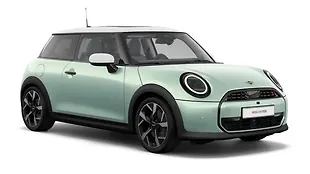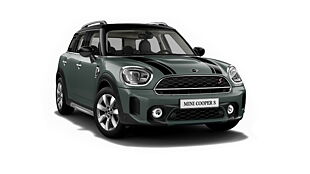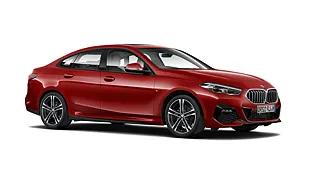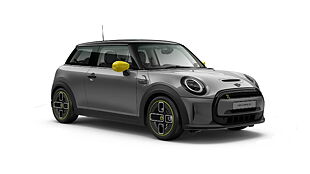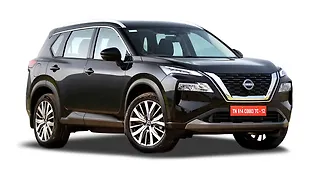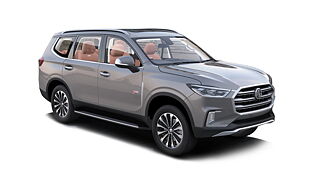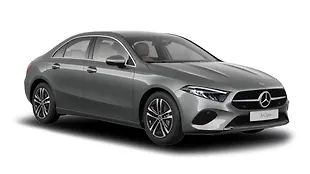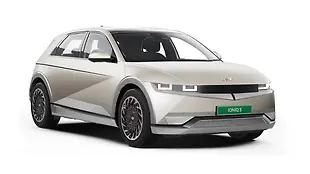MINI Clubman [2016-2020] Cooper S
- Clubman [2016-2020]
- Specs & Features
- Variants
- Colours
- User Reviews
Variant
MINI Clubman [2016-2020] Cooper S Review
Not many cars can make a statement like the Mini Cooper. In the last decade or so, this quintessentially British marquee has seen its range inflate dramatically, with extensions of the classic three-door Mini coming in the form of go-faster versions, a full-on convertible range, the Countryman crossover range and, now, the six-door Clubman, which is perhaps the most controversial looking car currently on the road.
Introduction
Design and Style
Interior
Safety and Equipment
Engine, Performance and Braking
Ride and Handling
Price and Fuel Economy
Specification
Test Data
Specifications & Features
- Specifications
- Features
- Specifications
- Features
Specifications
Engine & Transmission
Engine1998 cc, 4 Cylinders Inline, 4 Valves/Cylinder, DOHCFuel TypePetrolMax Power (bhp@rpm)189 bhp @Max Torque (Nm@rpm)280 Nm @ 1250 rpmMileage (ARAI)13.84 kmplTransmissionAutomatic - 8 Gears, Sport ModeEmission StandardBS 4OthersIdle Start/StopValve/Cylinder (Configuration)4, DOHCDimensions & Weight
Length3850 mmWidth1727 mmHeight1414 mmWheelbase2495 mmKerb Weight1220 kgCapacity
Suspensions, Brakes, Steering & Tyres
Features
Exterior
Braking & Traction
Safety
Comfort & Convenience
Lighting
Locks & Security
Doors, Windows, Mirrors & Wipers
Entertainment, Information & Communication
Mobile App Features
Storage
Airbags
Seats & Upholstery
Instrumentation
Manufacturer Warranty
Other Clubman [2016-2020] Variants
| Variants | Price | Specifications | |
|---|---|---|---|
Rs. 41.15 Lakh | 4 Person, 280 Nm, 1220 kg, 211 litres, 8 Gears, No, 44 litres, No, Front & Rear, 3850 mm, 1727 mm, 1414 mm, 2495 mm, 280 Nm @ 1250 rpm, 189 bhp @, Remote, Yes (Automatic Climate Control), Front Only, 1, Reverse Camera, 0, Yes, Yes, 2 Airbags (Driver, Passenger), Yes, 1, BS 4, 4 Doors, 13.84 kmpl, Petrol, Automatic, 189 bhp | Get Offers from Dealers |
Similar Cars
Explore Used MINI Clubman
Colors
Reviews
- (8 Ratings) 5 Reviews
4.8/5
- Book fastlyVery beautiful and feel as king The model of car is very splendorous Without any existence you ho for this Price is good All good in this mini clubman MINI models so great to drive. If you're looking for a wagon-like experience, go for the Clubman, while the Countryman is a bigger SUV. Mini Cooper Clubman is one of the most compact cars.Rating parameters(out of 5)5
Exterior
5Comfort
5Performance
5Fuel Economy
5Value For Money
About the ReviewerPurchase Not PurchasedDriven forDid a short drive onceWas this review helpful?00 - Very goodVery good car I use this car and it's too good If you want to buy then go for it best car in this range.Rating parameters(out of 5)4
Exterior
5Comfort
4Performance
4Fuel Economy
5Value For Money
About the ReviewerPurchase NewDriven forIts my mate since agesWas this review helpful?10 - MagneficientI especially appreciate the interior of the car, The led screen situated inside the circle looks awesome. The tail lights too look glamorous No doubt about the performance. The best family car ever.9 The headlights are too good The safety is all that matters and this car never compromised with it. BetterRating parameters(out of 5)5
Exterior
5Comfort
4Performance
4Fuel Economy
4Value For Money
About the ReviewerPurchase Not PurchasedDriven forHaven't driven itWas this review helpful?00
- Home
- MINI Cars
- Clubman [2016-2020]
- Cooper S

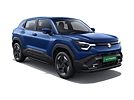


![MINI Clubman [2016-2020] Cooper S MINI Clubman [2016-2020] Cooper S](https://imgd.aeplcdn.com/664x374/cw/ec/26204/Mini-Clubman-Right-Front-Three-Quarter-85339.jpg?wm=0&q=80)
![MINI Clubman [2016-2020] Left Rear Three Quarter MINI Clubman [2016-2020] Left Rear Three Quarter](https://imgd.aeplcdn.com/664x374/cw/ec/26204/Mini-Clubman-left-rear-three-quarter-85345.jpg?v=201711021421&q=80)
![MINI Clubman [2016-2020] Front View MINI Clubman [2016-2020] Front View](https://imgd.aeplcdn.com/664x374/cw/ec/26204/Mini-Clubman-Front-view-85343.jpg?v=201711021421&q=80)
![MINI Clubman [2016-2020] Exterior MINI Clubman [2016-2020] Exterior](https://imgd.aeplcdn.com/664x374/cw/ec/26204/Mini-Clubman-Exterior-85344.jpg?v=201711021421&q=80)
![MINI Clubman [2016-2020] Exterior MINI Clubman [2016-2020] Exterior](https://imgd.aeplcdn.com/664x374/cw/ec/26204/Mini-Clubman-Exterior-85346.jpg?v=201711021421&q=80)
![MINI Clubman [2016-2020] Wheels-Tyres MINI Clubman [2016-2020] Wheels-Tyres](https://imgd.aeplcdn.com/664x374/cw/ec/26204/Mini-Clubman-WheelsTyres-85348.jpg?v=201711021421&q=80)
![MINI Clubman [2016-2020] Interior MINI Clubman [2016-2020] Interior](https://imgd.aeplcdn.com/664x374/cw/ec/26204/Mini-Clubman-Interior-85351.jpg?v=201711021421&q=80)
![MINI Clubman [2016-2020] Exterior MINI Clubman [2016-2020] Exterior](https://imgd.aeplcdn.com/664x374/cw/ec/26204/Mini-Clubman-Exterior-85352.jpg?v=201711021421&q=80)

